e)
| Salalah صلالة |
|
|---|---|
| City | |
| Location of Salalah in Oman | |
| Coordinates: 17°01′11″N 54°05′23″ECoordinates: 17°01′11″N 54°05′23″E | |
| Country | |
| Muhafadha | Dhofar |
| Government | |
| • Type | Absolute Monarchy |
| • Sultan | Qaboos bin Said |
| Population (2016) | |
| • Metro | 340,815 |
| Time zone | Oman standard time (UTC+4) |
| Website | www.OMANet.om |
Salalah is the second largest city in the Sultanate of Oman, and the largest city in the Dhofar Province. Salalah is the birthplace of the current sultan, Qaboos bin Said. Salalah attracts lots of people from other parts of Oman and the Persian Gulf region during the khareef season, which spans from July to September. The climate of the region and the monsoon allows the city to grow some vegetables and fruits like coconut.
On the tour bus, going to the oasis
Arabic
New buildings everywhere
The country home?
Townhouses, especially for Europeans - according to the guide
Administrative building and home for the administrator
One of the few lawns along the route
Service stops here?
The compound for one, extended family, said the guide, but it looked more like mosques and schools
The oasis - finally
I thought, at first, that the "film" was broken but this is a digital camera - it's the step

There were workers, barefoot, in the water, despite the sign

First warning - bad translation
Any ornithologists reading this ?? What kind of bird ?
Now, on the way to visit the palace of the Queen of Sheba - regardless of what the Yemenis claim!
Guarding the park
Khor Rorī (Arabic خور روري) is an Early South Arabian archaeological site near Salalah in the Dhofar region of modern Oman. The small fortified town was founded as an outpost for the kingdom of Ḥaḑramawt around the 1st century CE, but the site shows signs of Ḥaḑramite settlement back to the 2nd century BCE.[1] The settlement was probably abandoned in the seventh century.
Inscriptions at Khor Rori reports that the town, called "Sumhuram" (Old South Arabian s1mhrm), was founded on royal initiative and settled by Ḥadramite emigrants. Dhofar was the main source of frankincense in the ancient period, and it seems likely that the foundation of the settlement was in part motivated by a Ḥaḑramite wish to control the production of this valuable commodity. Most scholars identify Khor Rori with the frankincense exporting port of Moscha Limen mentioned in this region in the 1st century CE merchants guide Periplus Maris Erythraei.
Khor Rorī / Sumhuram was first discovered by James Theodore Bent during his travels in the region in the late 19th century. The site has been excavated by the American Foundation for the Study of Man (AFSM) in the early 1950s and by the Italian Mission to Oman (IMTO) since 1994. The excavations have uncovered the ground plan of the settlement and has attested maritime contacts with the Ḥaḑramite homeland, India and the Mediterranean. It was inscribed in 2000, along with other sites along the Incense Route in Oman, as part of the UNESCO World Heritage Site "Land of Frankincense"[1]
Looking down from the fortress - ships from many countries sailed here
Almost petrified incense tree
White flamingoes - no red algae to eat
An Omani strip-mall (?)
http://www.omantripper.com/taqah-castle-dhofar/ - much better photos than mine
At the cemetery
Grave of one of the Sultan's sisters
All plastic, all the time
An Arab version of the Milka cow
One of the few cars we saw outside the city
Another lawn !
Could not see the prices
Note the shade for the cars
Graffiti, even here
Traffic - hurra!
Beach Bums
The Gulf
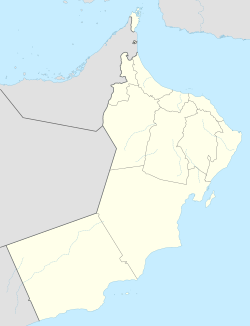

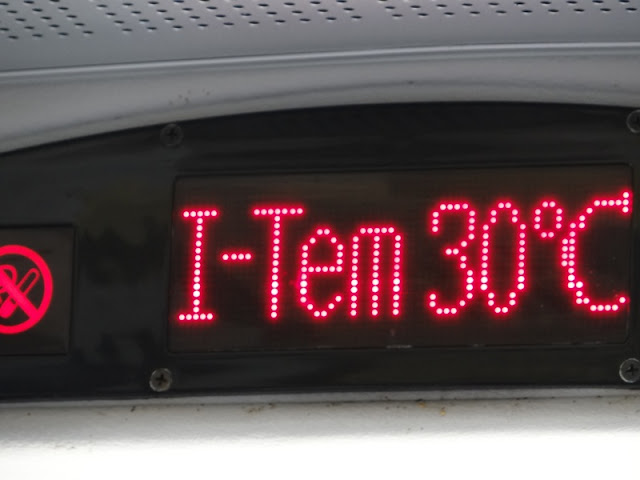









































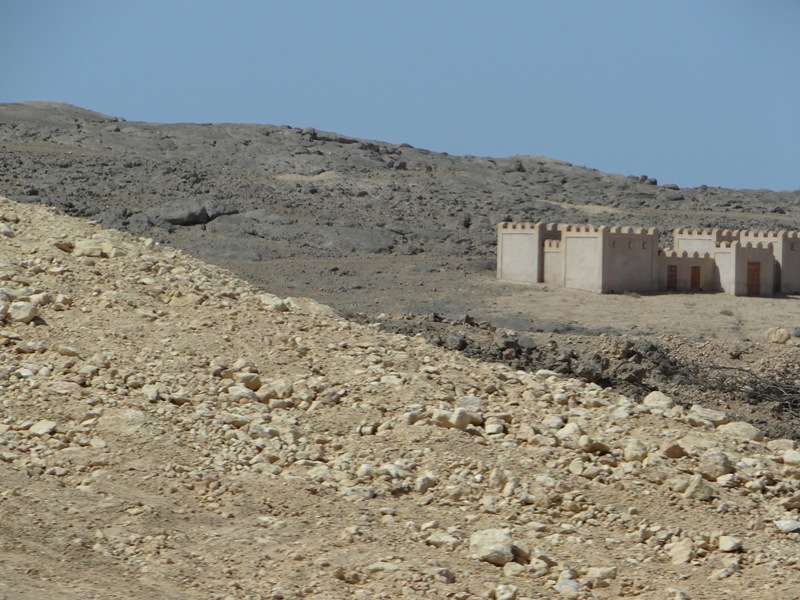

























































































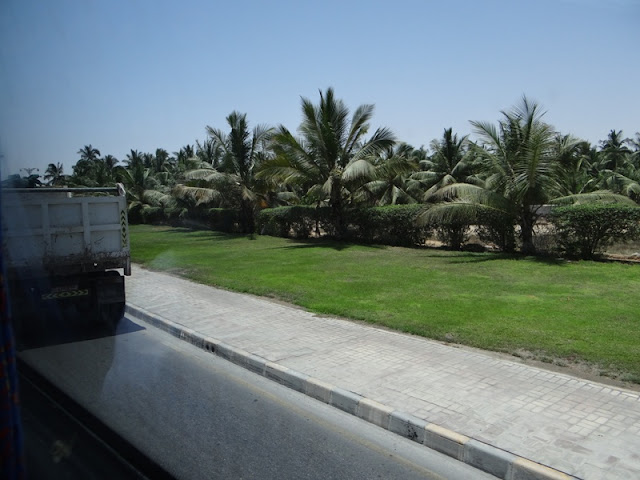





































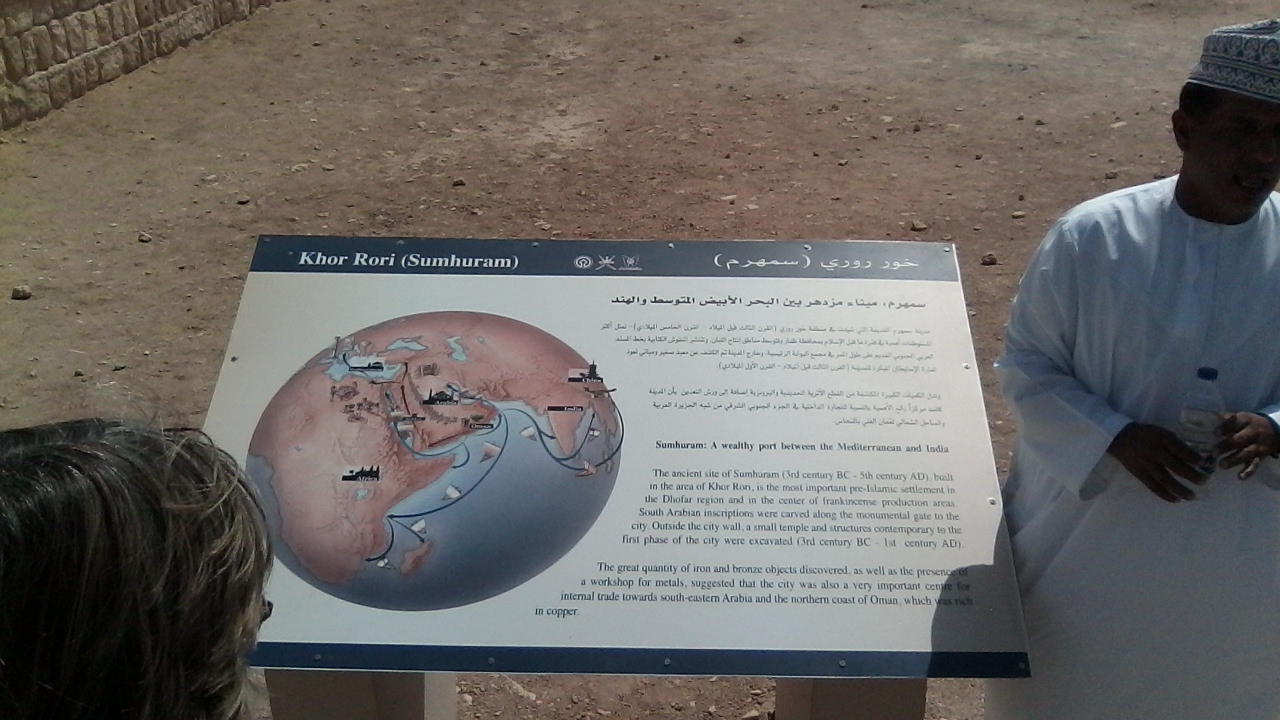










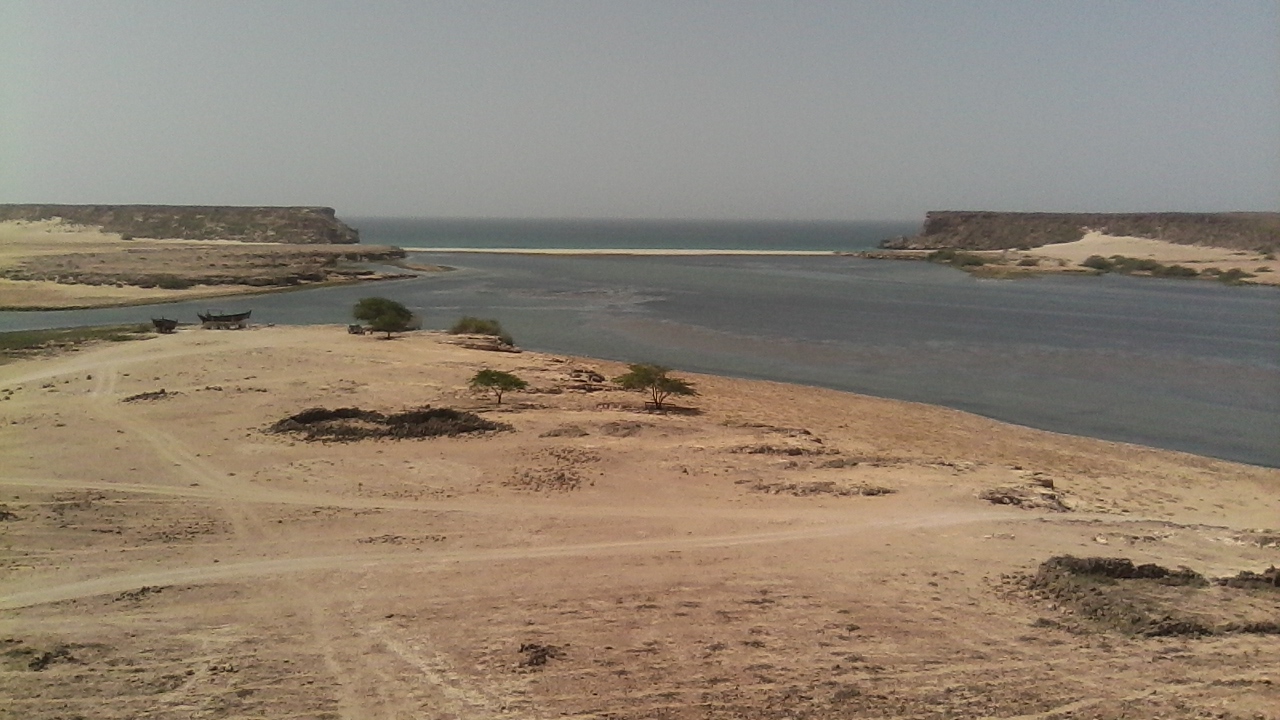



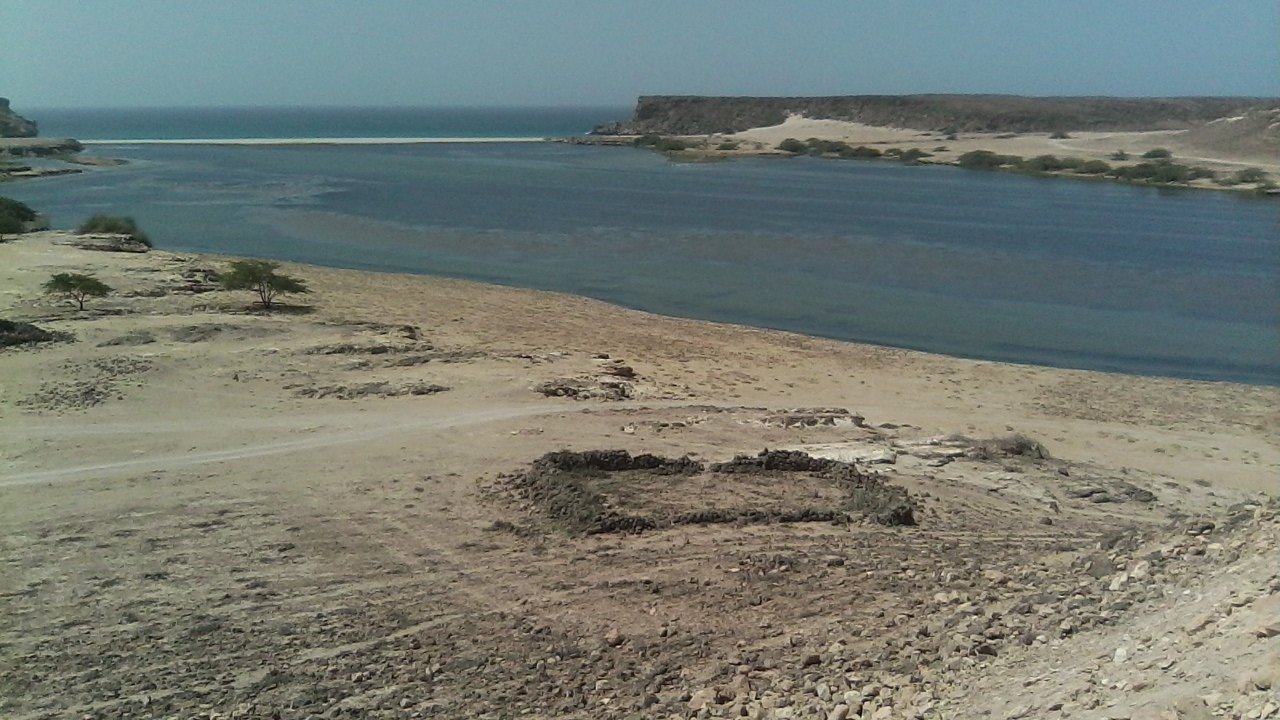









































































No comments:
Post a Comment